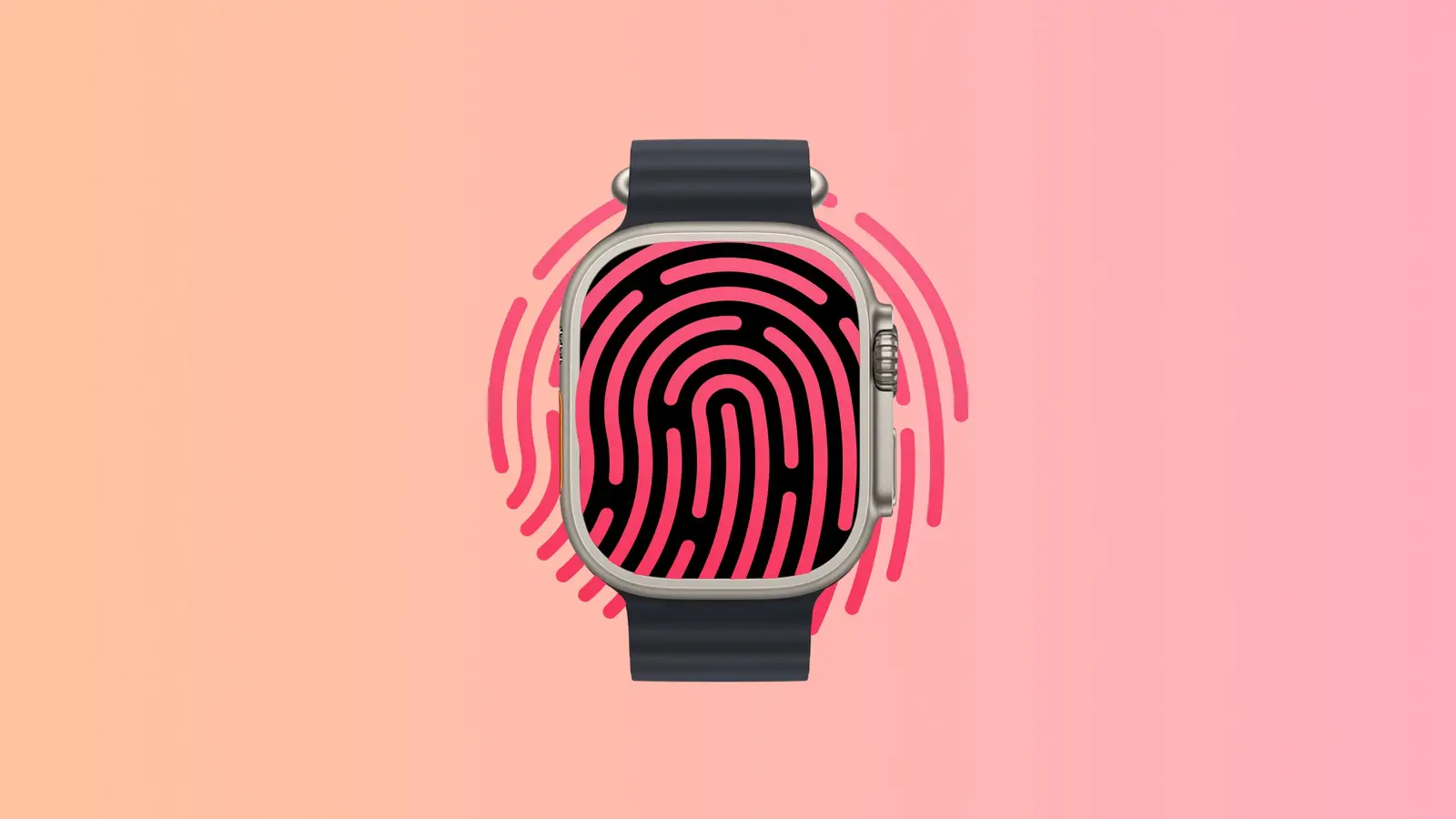4 Minutes
Could Apple Watch Get Touch ID?
Leaked internal code hints that Apple is experimenting with Touch ID on future Apple Watch models, potentially arriving around 2026. References to an internal codename, "AppleMesa," appear to indicate prototype work on biometric authentication beyond the current PIN and wrist-detection methods. While Apple already uses Touch ID across several product lines, integrating it into a smartwatch presents unique engineering and design challenges.
What the Leak Actually Reveals
According to reporting based on code excerpts, the references are limited to internal builds and mention 2026 devices. The code's use of "AppleMesa" aligns with prior Apple naming trends for Touch ID development. However, leaked code only suggests that Apple has explored the feature in software or prototypes — it does not confirm a shipping product. Projects can remain in development for years or be canceled if hardware or UX issues arise.
Apple's past approaches to Touch ID
Apple introduced Touch ID on the iPhone 5s with a home-button sensor and later moved it to the iPad Air's side power button. Those design choices show Apple prioritizes convenience and reliability when adding fingerprint authentication. A smartwatch-sized implementation would need to balance sensor size, accuracy, and battery life.
Technical Challenges and Implementation Options
Adding Touch ID to a wearable involves several technical hurdles. Possible approaches include:
- Side/button-mounted fingerprint sensor similar to iPad Air
- In-display optical or ultrasonic fingerprint sensor beneath the watch glass
- Hybrid solutions combining skin-contact sensors and software-based biometric checks
In-display sensors are already common in Android phones, but Apple has historically favored Face ID on premium devices and has been cautious about integrating in-display biometric hardware. Space constraints, power consumption, and sensor robustness during exercise and sweat are major considerations for a watch-sized Touch ID.

Features, Advantages and Use Cases
If Apple Watch gains Touch ID, potential advantages include:
- Faster, more convenient unlocking without relying on a PIN
- Improved security for Apple Pay and other payments on the wrist
- Seamless authentication for health apps, fitness tracking, and secure notifications
- Better integration with Continuity features, such as auto-unlock for Macs
Everyday use cases
Touch ID on the watch could be especially helpful during workouts, while wearing gloves, or when Face ID isn't available. It could streamline transactions at will and reduce friction for apps that require strong authentication.
Comparison: Touch ID vs. Current Apple Watch Security
Today, Apple Watch security relies on a combination of wrist detection, passcodes, and proximity features. Compared with a traditional PIN, biometric authentication can be faster and less error-prone. However, Face ID — used on iPhone and iPad Pro — remains Apple's preferred high-security option on devices where a camera-based solution makes sense. For the watch, a reliable fingerprint sensor could offer the best balance of convenience and security.
Market Relevance and Strategic Implications
For Apple, adding Touch ID to the Watch could differentiate its wearables in an increasingly competitive wearable market where biometric innovation is a selling point. It would also broaden Apple's secure authentication ecosystem across devices and services. That said, the company will only ship a feature if it meets Apple’s standards for accuracy, privacy, and durability.
Conclusion: Promising but Not Guaranteed
References to "AppleMesa" in leaked code indicate Touch ID research on future Apple Watch models, but prototypes don't always become products. Engineering challenges like sensor miniaturization, power draw, and reliable performance during active use could delay or halt integration. For now, Touch ID on Apple Watch remains a plausible — but unconfirmed — evolution in wearable biometric authentication.
Source: wccftech


Leave a Comment